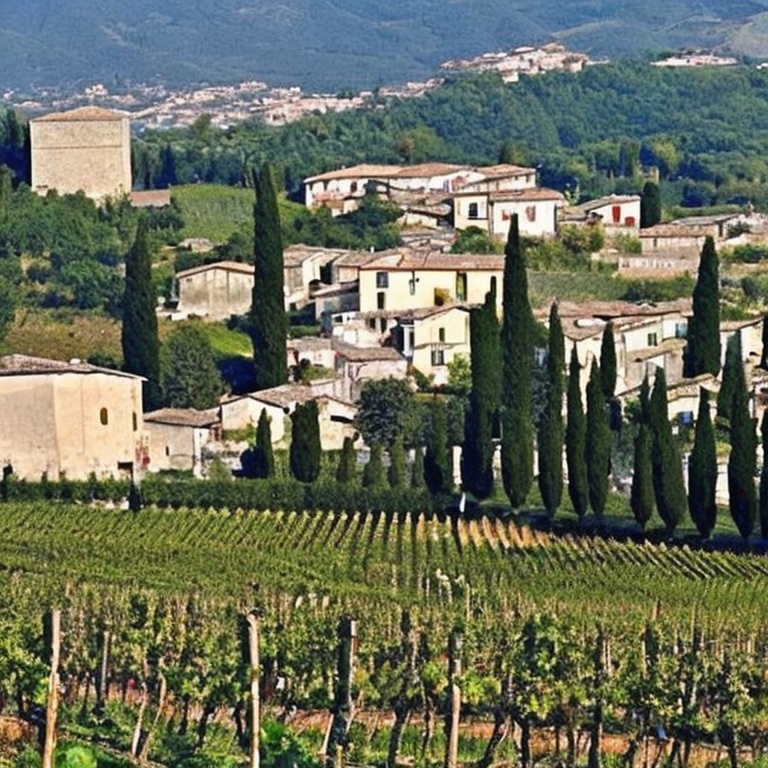Indice
I vini della Campania: vini campani DOC, DOCG e IGT
I vini in Campania che hanno fatto la storia sono in particolar modo quelli compresi tra il monte Massico ed il Volturno.
Proprio in quella zona si installò nell’antichità la tribù Falerna. Infatti i vini in Campania tutt’ora più caratteristici sono il Falerno rosso ed il Falerno bianco.
Le uve bianche dei vini in Campania
I principali vinitgni da cui deriva la maggior parte dei vini in Campania bianchi sono Bombino e Asprinio bianco, Biancolella, Coda di Volpe, Falanghina, Forastera, Greco e Guarnaccia. I vini in Campania bianchi che derivano da queste uve sono il Capri bianco, il Fiano di Avellino, l’Ischia bianco, il Greco di Tufo, il Vesuvio bianco.
I vini neri in Campania
Il vitigno a bacca nera più conosciuto fin dall’antichità in Campania è senza dubbio l’Aglianico diffuso anche in altre regioni dell’Italia meridionale. Da questa uva pregiata deriva il vino Falerno ma anche l’altro vino tra i più conosciuti dei vini campani: il Taurasi.
La produzione dei vini in Campania
Sin dal dopoguerra i vini della Campania hanno avuto un deciso rilancio sia sul mercato nazionale che internazionale tanto da far riconoscere la denominazione di origine controllata sia al Falerno rosso che bianco. Ciò è dovuto in gran parte alla risistemazione dei vigneti, soprattutto quelli della costa, tramite terrazzamenti e l’ammodernamento degli impianti. La superficie della Campania adibita alla coltivazione della vite è stimabile attorno ai cinquantamila ettari.
Cenni storici
All’inizio del Cinquecento, quando scese in Italia per vantare diritti sul regno di Napoli, Luigi XII di Francia credeva di doversi trattenere molto in Campania e si portò dietro alcuni vitigni di Champagne che vennero impiantati nel Casertano e precisamente nel territorio di Aversa. Le mire del francese sul Napoletano andarono presto in fumo, mentre i vitigni espressero un vinello bianco carta con riflessi smeraldini, povero di alcool, acidulo e perciò subito chiamato Asprinio. Pur nella sua modestia, questo vino riesce gradevole sia con il pesce sia quale dissetante estivo.

Vini bianchi della Campagna
Accanto all’umile Asprinio la Campania produce bianchi prestigiosi (il vin di Capri, il Lacrima Christi, il Greco di Tufo, il Piano di Avellino, l’Ischia, il Furore Divina Costiera, il Ravello) che nascono dalla consociazione di piii uve, con la preponderanza della greco, della fiano e della coda di volpe. L’ammostamento delle stesse – sia pure in proporzioni di volta in volta variate – provoca un gioco di profumi che talora s’incentra sull’aromatico odore della ginestra, talaltra su quello dei fiori di sambuco.
Il vin di Capri gode larga fama in Italia e all’estero. Le sue bottiglie « si sturano a migliaia, a milioni – scrive Gino Doria – tra Manhattan e lo Spitzberg Capetown e la Terra del Fuoco, nei rifugi alpini e sulle navi in crociera . . . E ognuno si domanda: ma come può una cosi piccola isola produrre e distribuire tale fiumana di vino? ». Anche a ritenere un tantino esagerati il numero delle bottiglie e la loro distribuzione geografica, l’inquietudine promossa dall’interrogativo rimane. Per dovere di obiettività dobbiamo aggiungere che il bianco di Sorrento ha le stesse caratteristiche organolettiche del Capri perché il terreno di ambo le zone presenta il medesimo impasto; difatti l’isola nella notte dei tempi si staccò dalla penisola sorrentina.
Lacrima Christi
Famoso forse un po’ meno del Capri è il Lacrima Christi dei vigneti vesuviani di Torre del Greco, Ottaviano ed Ercolano. Da pesce, giallo paglierino, profumo di ginestra e sambuco, dodici gradi, fresco, diventa migliore con l’invecchiamento. Per spiegarne il singolare nome, gente dalla fantasia sbrigliata ha creato addirittura delle leggende.
Una volta i vigneti della suddetta falda vesuviana appartenevano alla Compagnia di Gesu e producevano dell’ottimo Aglianico. Allorché compratori e consumatori ebbero necessità di dargli un nome distintivo, spontanea o quasi sorse la locuzione Lacrima Christi, Lacrima secondo nome napoletano di Aglianico e Christi dalla sigla della Compagnia di Gesu.
L’uva aglianico fa da piattaforma, talvolta insieme alla palombina, a molti rossi campani: al Capri, al Lacrima Christi, all’Ischia, al Ravello, del tipo rosso, al Taurasi, al Vitulano, al Pannarano, al Solopaca, al Vesuvio, al Gragnano, al Giovi, al Sele, al Corbara, al Partenio. La miscela delle due uve produce un vino più morbido e gli dà un grazioso sentore di viola.
Popolarissimo a Napoli è il Gragnano. « Onesto – lo definisce il già citato Daria – corposo, maschio, che mette fuoco nelle vene senza bruciare l’apparato digerente, che rende animosi e canori, che quando cade sulla tovaglia forma una vera e spessa macchia, non una pallida indefinibile chiazza ».
Confronto tra vecchio e moderno
Ed eccoci al Falerno che ai tempi dell’antica Roma riscosse gli elogi di Cicerone, Plinio, Strabone, Properzio, Orazio. L’odierno proviene dal triangolo formato da Sessa Aurunca, Formia e Mondragone. Del vecchio conosciamo le qualifiche di forte, indomito, severo, nettareo, austero, fermissimo attribuitegli da personaggi dell’epoca. Dell’attuale sappiamo tutto: la tinta ramata, il gusto asciutto velato di cioccolato, il profumo di viola, il tenore alcoolico superiore ai tredici gradi.
Può capitare a qualche lettore di chiedere del Falerno e di vedersi servire un vino bianco; ebbene, nella collana enologica italiana c’è pure un Falerno bianco leggermente dolce da giovane, secco da invecchiato.
I vini della Campania sono:
- Terre del Volturno
- Falerno del Massico
- Aglianico del Taburno
- Taurasi
- Fiano di Avellino
- Greco di Tufo
- Capri bianco
- Taburno
- Asprinio di Aversa
- Campi Flegrei Piedirosso
- Cilento Aglianico
- Costa d’Amalfi
- Galluccio
- Guardiolo
- Irpinia
- Ischia
- Penisola Sorrentina Frizzante
- Sannio Coda di Volpe
- Sant’Agata dei Goti
- Solopaca
- Vesuvio





